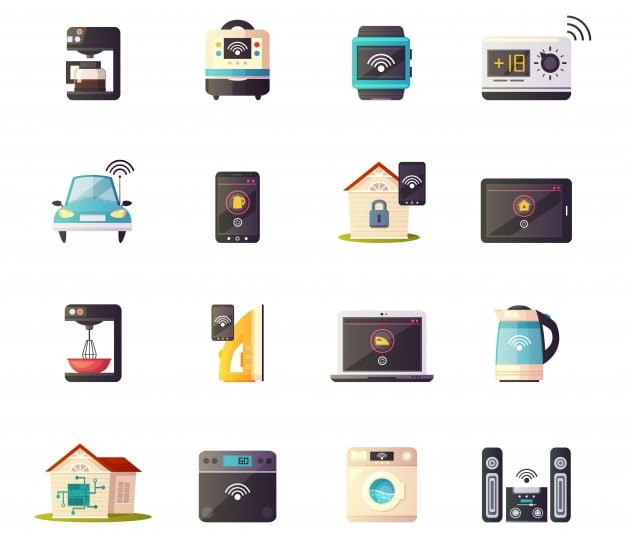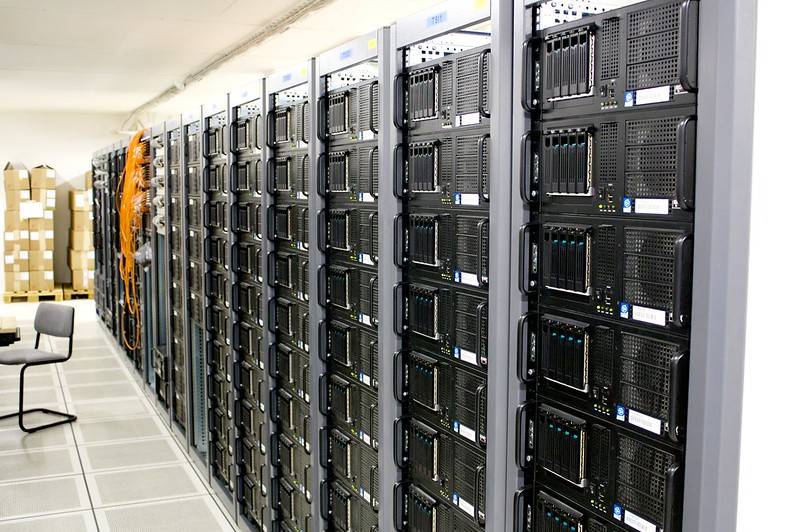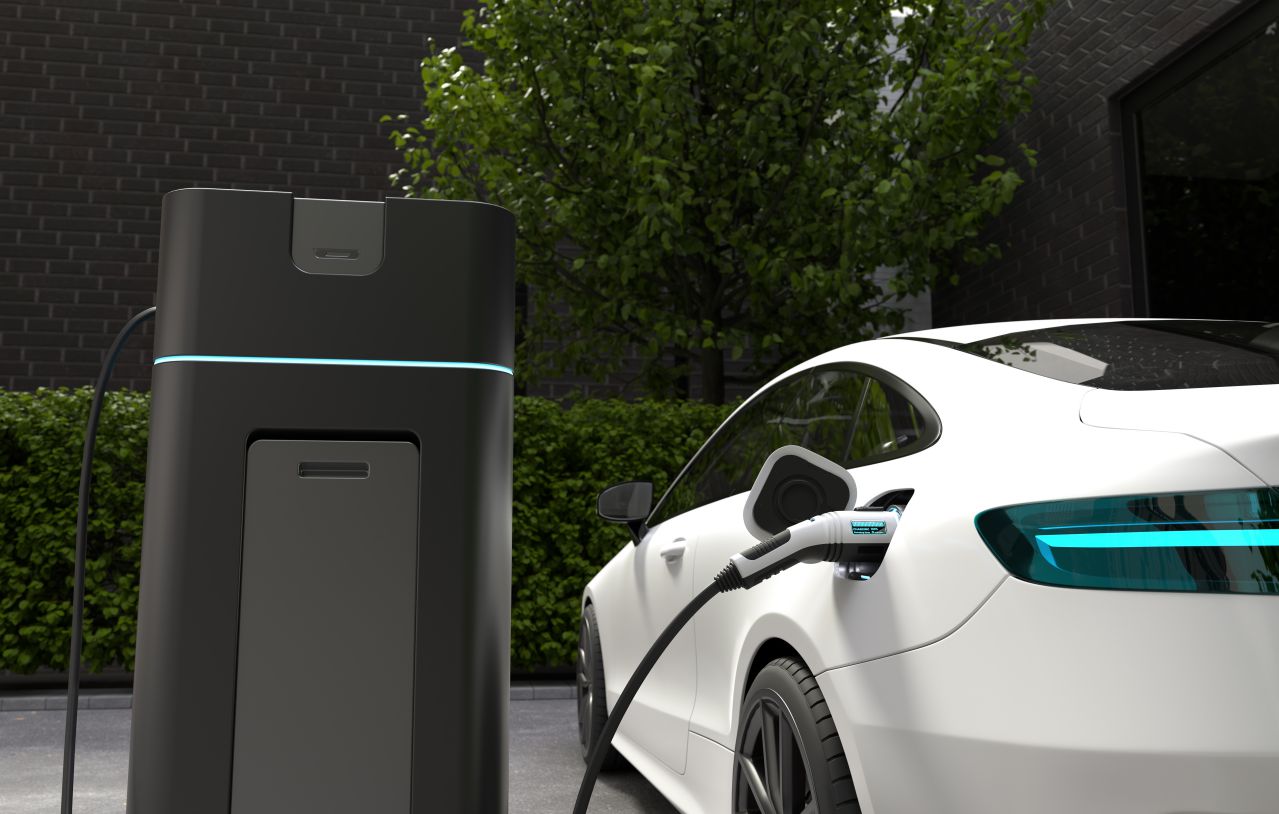Last Updated on April 1, 2023
Manufacturers create different computer specifications in response to changing market demands. The difference in these specifications is based on performance requirements, applied technologies, and application usage. Here we will discuss the characteristics of computers based on these specifications.
Classification of Computers
1. Personal computer
A personal computer (PC) is a special device for an individual (the end user). Based on this, manufacturers design the specifications and prices of devices according to the average abilities of individuals. Because there are so many types of PC devices, we can categorize them into mobile devices and desktop computing devices.
Mobile Devices
A mobile device is a wireless computer device specifically designed for high mobility and multimedia use. In this case, manufacturers designed the price, weight, and dimensions of mobile devices to be as minimal as possible. Mobile phones (cellphone) and tablets are examples of devices that fall into this classification.

Mobile devices have the following characteristics:
- Cheap
The characteristics of this device are indicated by its low price. The average price of devices such as mobile phones and tablets is in the range of $100 to $1000. To further reduce their prices, manufacturers generally produce boxes and cases from inexpensive materials. - Energy efficiency
Manufacturers design mobile phones and tablets so that they consume battery life as efficiently as possible. In fact, in some cases, it allows the battery to last up to a day with normal use. Therefore, on mobile devices, we will see neither cooling fans nor hard disks. The use of passive cooling and flash memory cards is much more efficient in terms of energy use. - Minimum memory capacity
Minimizing memory capacity will increase energy efficiency. However, memory is one of the most expensive components in mobile devices. As a result, the mobile app developers will try to reduce the size of their code. - Mobile app
Mobile devices focus on the daily use of personal apps or softwares anywhere and anytime. According to statistics, most consumers use mobile phones and tablets to open games, social media, and internet browsers. Nonetheless, some people use other applications, such as those for watching videos, shopping, and sending and receiving text messages and phone calls. - Responsive
With the high interest in gaming and watching videos, these applications are highly dependent on real-time performance. Therefore, manufacturers must design mobile phones and tablets to work responsively.
Desktop Computing
A desktop computing device is a computer device for individual use in a fixed location (rarely moving). Generally, manufacturers design desktop computing devices so that users can place them on their office desks and close to electrical outlets. Netbooks, laptops, and desktop computers are examples of devices that fall into this classification.
The price range for desktop computing devices starts at $300 and goes up to configured workstations costing more than $3000. Currently, most of the products sold are devices with batteries, such as netbooks or laptops.

Desktop computing devices share the following characteristics:
- Easy to customize
Generally, users can easily change or improve the performance of desktop computing devices. Because netbooks and laptops are more practical for mobilization, users can generally only increase RAM performance and storage space. On the other hand, desktop computers provide the flexibility to replace all of their components, including the CPU, graphics card, RAM, hard disk, and motherboard. - The synergy of energy and performance
The design of energy use for desktop computing devices also adjusts to the average household’s electricity capability. However, with a larger and more continuous supply of energy, desktop computing devices generally outperform mobile devices. Although, with the same price, the desktop computers generally outperform the netbooks and laptops. As a result, users have a wider choice of web and interactive applications or softwares to support various individual jobs.
2. Server Computer
Server computer is a useful device for large-scale computing and file storage, replacing traditional mainframes. Starting in the 1980s, servers began to be widely used by large-scale companies. However, each server can have different characteristics, and manufacturers can design custom servers for specific company needs.

Server computers have the following characteristics:
- Availability
It is the main characteristic of a server and is very important. That is, the server must be able to operate continuously, non-stop (24/7). Examples of its use are for ATM machines or cellular telecommunication systems. On the other hand, if there is damage to a server computer, the impact is far greater than the damage to a single desktop unit. - Scalability
The greater the needs of businesses, the more services should be provided by servers. Therefore, the manufacturers design the server computer to make it easier for users to increase its functionality. For example, increasing the capacity of processors, memory, storage media, and bandwidth. - Throughput efficiency or data transfer speed
Server performance in handling the number of transactions per minute or the number of requests for web pages per second is very important. Even though responsiveness requirements are high, energy efficiency and overall cost effectiveness are also important. As a result, these primary factors are used to determine whether a server meets the needs of the company.
3. Computer Cluster
A computer cluster is a collection of desktop or server computers connected to the network as a single, larger computer unit. Generally, it is specific to software-as-a-service (SaaS)-based applications. For example, search engines, social media, multimedia sharing, and online games and stores

There are 3 categories of cluster computers: high availability (HA), load balancing (LB), and high performance computing (HPC). Companies can adjust the performance of these cluster computers based on their usage.
Currently, cluster computers generally include HA and LB. Their use is specific to interactive applications, large-scale storage, and high reliability and bandwidth. HPC, on the other hand, generally more popular under the name supercomputer, places more emphasis on computational performance to run intensive programs that compute for weeks at a time.
In general, cluster computers have the following characteristics:
- Expensive
The procurement and operational costs are extremely high due to the large number of computers involved. Even a cluster computer room requires extensive power and cooling systems. Furthermore, performance and network depreciation will lead to considerable replacement costs. - Reliable thanks to redundant components
Cluster computers, just like servers, require high availability (HA). However, the impact of component damage is negligible. It is because other computers in the same network can compensate. For example, engineers only need to repair the damaged component or computer rather than the entire system. This has an impact on its scalability as well. The company only needs to add components or networks without changing existing computer hardware.
4. IoT / Embedded Computer
In this modern era, many devices have embedded computers, for example, printers, washing machines, microwaves, and vehicles. Furthermore, the Internet of Things (IoT) refers to wirelessly connecting devices to the Internet.

Currently, IoT devices generally use sensors and actuators. Their function is to collect data and to interact physically with humans. With the implementation of smart applications, we may be familiar with various devices, such as smart watches, smart cars, smart homes, and smart cities.
IoT devices and embedded computers are already spread across many devices. Even in 2030, the projected number of IoT devices ranges from 20 to 50 billion. The processors used also vary, ranging from low-cost 8-bit and 32-bit processors to over $200 64-bit processors for automobiles. Despite the large performance difference, price is a major consideration when selecting a processor.
Minimum performance requirements at the lowest possible cost are preferred over high performance at a higher cost.
Embedded computers and IoT have the following characteristics:
- Specific task or application
Manufacturers design and optimize embedded computers specifically to perform specific tasks or applications. - Cost and component efficiency
Embedded computers are specially designed for specific tasks. Therefore, manufacturers can reduce the number of components installed and the price of these devices.
Comparison
The following table can facilitate the comparison of the characteristics in the explanation above [1].
| Category | Avg. System Price | Avg. Processor Price | Key Characteristics |
|---|---|---|---|
| Mobile Devices | $50—$1,000 | $10—$150 | Price, energy efficiency, multimedia performance, and responsiveness |
| Desktop Computing | $250—$2,500 | $50—$450 | Price-performance ratio, energy efficiency, and graphics performance |
| Servers | $4,500—$10M | $200—$2,000 | Speed of data transfer (throughput), reliability (availability), scalability, and energy efficiency |
| Cluster | $10,000—$200M | $50—$250 | Price-performance ratio, throughput, and energy proportionality |
| Embedded / IoT | $10—$10,000 | $0.01—$150 | Price, energy efficiency, and specific application performance |
References
[1] Hennessy, John L.; Patterson, David A. 2019. Computer Architecture: A Quantitative Approach. Edisi Keenam 2019. ISBN: 978-0-12-811905-1. Elsevier. Morgan Kaufmann: Cambridge, United States
Cover photo by Torkild Retvedt



